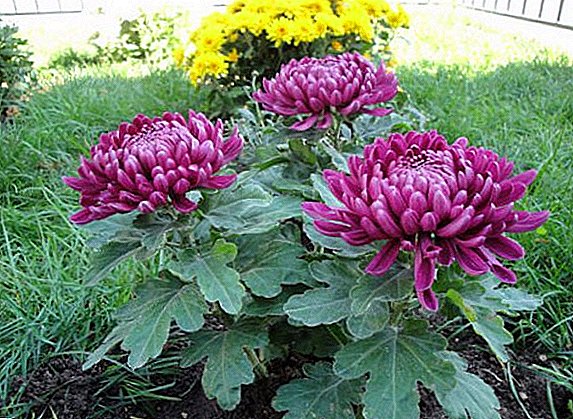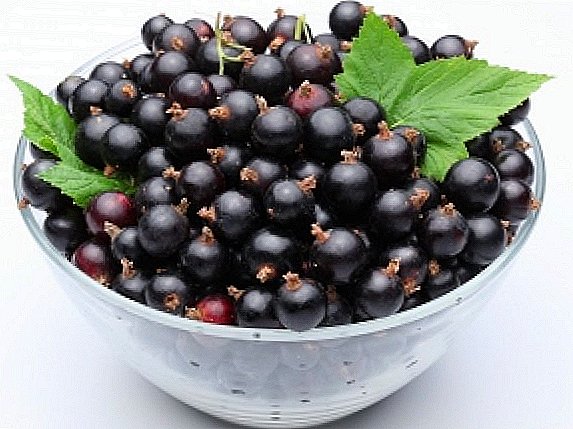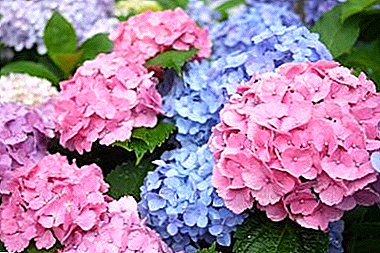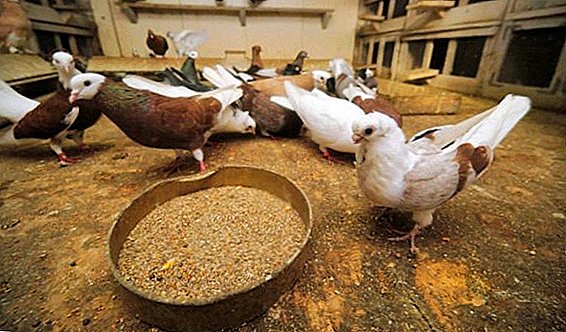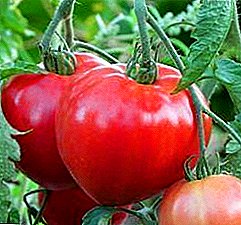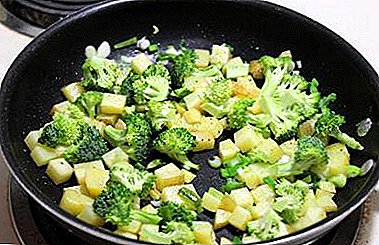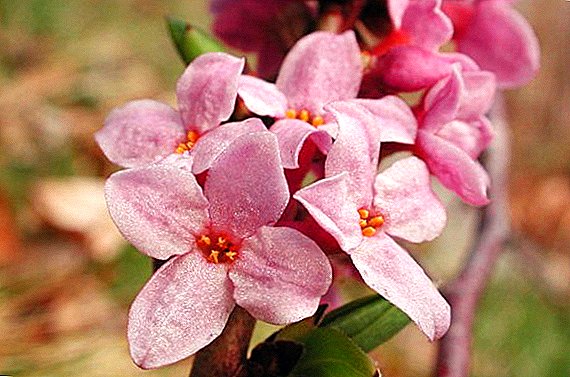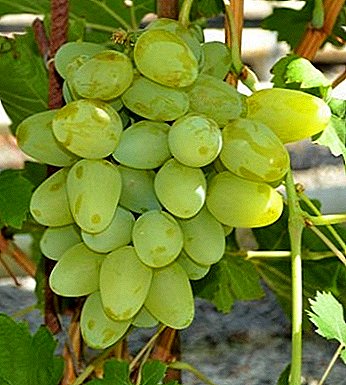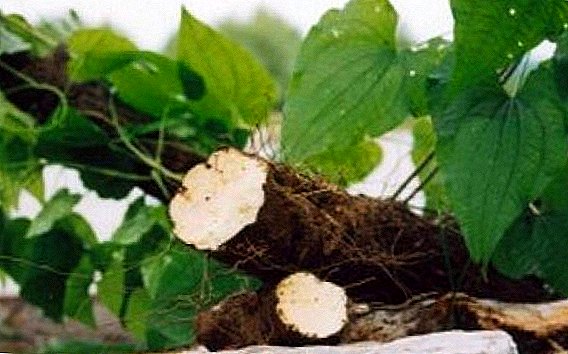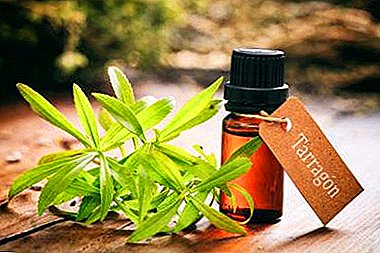
Tarragon (tarragon) is a common perennial plant that resembles wormwood and has many healing properties. To preserve its useful qualities as long as possible, an extract is prepared from tarragon.
Its specific spicy tonic taste and pleasant aroma contributed to the wide distribution of tarragon extract in cooking as a seasoning, as well as in the form of traditional medicine. The article will tell you more about this interesting product, its properties and methods of application.
What it is?
Tarragon extract is a concentrated plant squeeze from tarragon wormwood.. There are several types of extracts of tarragon - water, alcohol and oil.
reference. According to the origin of the raw material, the extract is divided into two groups - prepared from dried tarragon and from fresh.
Tarragon extract has a sharp sweetish taste, tart spicy aroma, golden color and serves as a component of many canned, snack bars, dessert dishes and drinks.
Benefit and chemical composition
- Nutritional value per 100 g:
- caloric content - 296 Kcal;
- proteins - 23 g;
- fats - 7.6 g;
- carbohydrates - 50.3 g
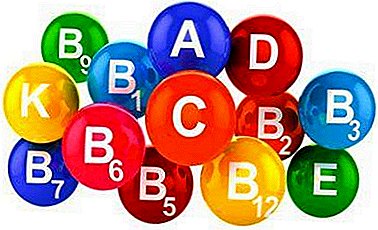 Vitamins and trace elements:
Vitamins and trace elements:- vitamin A - 0.4 mg;
- Vitamin PP - 0.6 mg;
- thiamine, 4 μg;
- Riboflavin - 45 mcg;
- ascorbic acid - 12 mg;
- folic acid - 36 mcg;
- calcium - 43 mg;
- magnesium - 70.2 mg;
- sodium, 34 mg;
- potassium - 244.6 mg;
- phosphorus - 53.3 mg;
- iron - 0.46 mg;
- iodine - 9.5 mcg.
- Other substances (up to 3% extract):
- coumarins (ccoparone, scopoletin, resins);
- alkaloids;
- flavonoids;
- limonene;
- methyl chavicol;
- caryophylne;
- isocoumarin;
- lactones (artemidine, artemidol, herniarin, mutoksikumarin, drakumerin, sakuranetin, elimitsin).
Useful properties of the plant
- Strengthening immunity.
- Acceleration of metabolism.
- Improved discharge of mucus and sputum from the respiratory tract.
- Increased antiviral protection.
- Increased potency.
- Elimination of menstrual pain.
- Supplementing vitamin C deficiency
- Peristalsis improvement.
- Stress relief.
Tarragon extract gently soothes the nervous system and has a sedative effect, helps to prolong and improve the quality of sleep, relieves inflammation in the intestines, is used in aromatherapy for insomnia and depression, has a tonic effect. Also tarragon extract is used in the treatment of gingivitis, glossitis and stomatitis.
Next, we propose to watch a video about what useful properties the plant has.
What is different from fresh tarragon?
 The tarragon extract is a finished squeeze of all the plant's nutrients in the form of oil or non-oily liquid, so a small amount of it contains a high concentration of vitamins, minerals and esters, which allows using less amount of fresh tarhuna.
The tarragon extract is a finished squeeze of all the plant's nutrients in the form of oil or non-oily liquid, so a small amount of it contains a high concentration of vitamins, minerals and esters, which allows using less amount of fresh tarhuna.
Extract exhibits its healing properties faster than a fresh plant., which allows you to speed up the treatment and makes it easier. Unlike fresh tarragon, plant extract can be used during inhalation.
How and in what cases apply?
Tarragon extract is not included in the register of medicines, so it is used only in two areas:
- In cooking:
- When canning vegetables, fruits and mushrooms, making sauces and dressings for soups and salads, baking.
- As an flavor enhancer for meat and fish dishes.
- When cooking vinegar.
- In the manufacture of alcoholic and non-alcoholic carbonated beverages.
- In folk medicine:
- In acute respiratory diseases, pneumonia and bronchitis.
- With pulmonary tuberculosis.
- Insomnia, depression, loss of appetite, overwork.
- Disorders of the menstrual cycle.
- Pain in the teeth and joints.
- Diseases of the oral cavity.
- Digestive disorders.
- Vascular Disease.
- Impotence.
- During the diet.
- With edema.
The extract is added to food as a dietary supplement, which has the ability to enhance the taste of dishes.
Where to get?
Self cooking
Preparation of tarragon extract at home is possible, but it is time-consuming and complicated procedure, which takes 21 days. Most often, prepare the oil extract - insisting the plant in vegetable oil, and alcohol - insisting on alcohol, water and glycerin. Extraction is carried out from July to October using tarragon of a fresh harvest.. For extraction, the non-woody upper parts of the plant are harvested.
Oil
 Extraction requires:
Extraction requires:
- Crushed raw materials (all parts of the plant, except the roots) - 800 grams.
- Refined vegetable oil without a strong smell (jojoba, corn, linseed, sunflower) - 1 liter.
- Dishes - ceramic or glass container with an airtight lid.
Cooking:
- Tarragon grind, but not to the state of powder. The resulting particles should be no more than 3-4 mm in size. If dry raw materials are used (more preferably), then it should be crushed into small grains.
- Squeeze out the raw material (remove the released juice) twice with an interval of 2 hours.
- Place in a glass container and pour oil on it so that it rises above the level of the raw material by 1.5-2.0 cm.
- Infuse raw materials for 3 weeks in a bright warm room (on the windowsill of the sun room, near the battery). Do not stir, do not open the container.
- Shake the container daily, but not more than 2 times a day.
- After the expiration of the extraction, the raw materials are removed, the resulting oil extract is poured into vials with airtight lids and stored in a cool dry place.
Alcoholic
Ingredients:
- 40% alcohol (it is strictly forbidden to use 96% alcohol, which tanning and destroying raw materials) - 700 ml.
- Water - 300 ml.
- Glycerin - 400 g
- Estragon fresh or dried - 800 g
The preparation of alcoholic extract technology is almost not different from oilWith the exception of some rules:
- first, the raw material is poured with water, and only then with alcohol;
- water must be distilled;
- extraction takes place in a dark room;
- if a juicy fresh plant is used, then its juice dilutes the alcohol, so the alcohol is taken 70%.
After the expiration of the extraction of raw materials, drain and pour the extract into bottles with sealed lids.
Important! Alcohol extract should not be in contact with fire.
Purchase
You can purchase the extract by ordering online or from private manufacturers in Moscow and St. Petersburg. In pharmacies or food stores, this extract is not for sale.
The price for a bottle of 25 ml ranges from 43 to 87 rubles, and on average costs 65 rubles (2600 rubles per liter). When buying, pay attention to the appearance of the extract - it should be homogeneous, without sediment, without air bubbles, golden-green in color, light and almost odorless.
Tarragon extract is a unique herbal extract with a mass of beneficial properties for the body. Regular use of the extract strengthens the body's defenses, restores the functioning of the nervous system, intestines and respiratory organs, and also eliminates the symptoms of fatigue and exhaustion. Tarragon extract can be used from childhood as a dietary supplement or as a means of traditional medicine.


 Vitamins and trace elements:
Vitamins and trace elements: